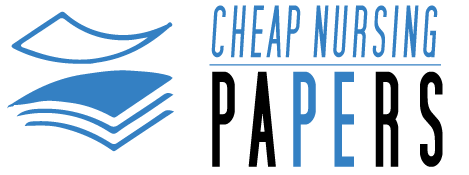- Have any questions?
- +1 (781) 656 7962
- support@cheapnursingpapers.com
Community Risk Assessment
Unit I Project This course contains a series of projects for you to complete, and each project is an imperative part of preparing a risk reduction program. This is the first project and a very important one as all of the decisions for the following projects will stem from the information gathered for the Unit I Project.
Before you can implement a health intervention, it is important to first know your community, the risks, and the stakeholders. Prepare a report that you could use as justification to develop and implement a health intervention program in your area. Be sure that you identify and describe all three areas: community, risk, and stakeholders.
The Community. Before you can fully understand and identify a risk, you will need to understand your community. Peoplerelated data will provide the information needed to not only identify where people live, but how people live. It will help to understand the social, cultural, and economic conditions of your area. A reliable source of demographic information is the U.S. Census Bureau. This data is collected every 10 years to determine the number of people who live in a community. In addition, a second type of census that is tasked by the Bureau is the American Community Survey. The goal is to survey each U.S. resident every seven years to create demographic profiles of communities. This data is important to risk reduction practitioners because of the information about where and how people live. Data resulting from the American Community Survey can be accessed through the American FactFinder database:
http://factfinder2.census.gov/faces/nav/jsf/pages/…
In addition to the American FactFinder Database, other local data sources should be found and utilized.
Part 1. Use FactFinder, in addition to other local sources that should be identified within your report, to build a demographic, social, economic, and housing profile of your community. In addition, include a narrative that details how the community has changed over the past 20 years, and predict how the profile may look in the next 10 years.
Demographic: population size, distribution, age, ethnicity, culture
Social: educational levels, family profiles, poverty rates
Economical: employment profiles and rates, income levels
Housing: age of homes, types of occupancies, owners vs. renters
The Risk. What is occurring in your community? Local data sources should be identified to determine community health risks using the following six attributes:
Frequency: how many times is it happening?
Morbidity and mortality: number injured or killed?
Rate of rise of the occurrence: are the numbers going up or down?
Geographic distribution: where is it happening?
Financial impact: what is the cost to the host, the community, and the organization?
Populations: who is experiencing this issue?
Part 2. Identify local data sources and identify three risks that are occurring within your community. For each risk, be sure to use the six attributes to support your position.
The Stakeholders. A stakeholder is simply any individual, group, or organization that has an interest in the risk being considered.
Part 3. Identify a minimum of three individuals, three groups, and three organizations within your community that you would consider as stakeholders for your community risk reduction project. Simply list the individuals, groups, and organizations, and provide a brief rationale as to why they have and/or should have an interest in your risk reduction project.
I have attack the excell sheet for atlanta georgia is the city i am doing I got housing, races, population done this is how she want in a date excell thank you
"Get 15% discount on your first 3 orders with us"
Use the following coupon
FIRST15
Order Now
Hi there! Click one of our representatives below and we will get back to you as soon as possible.
